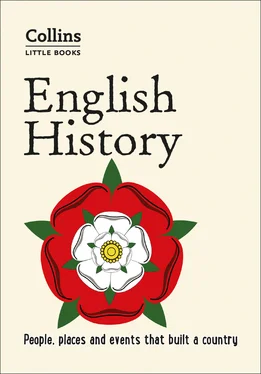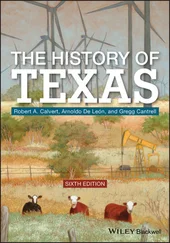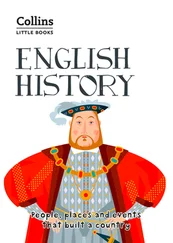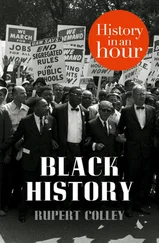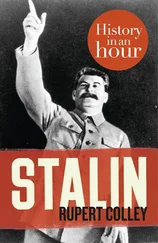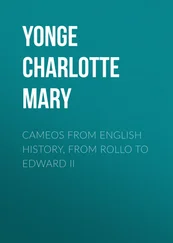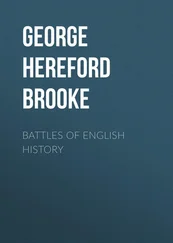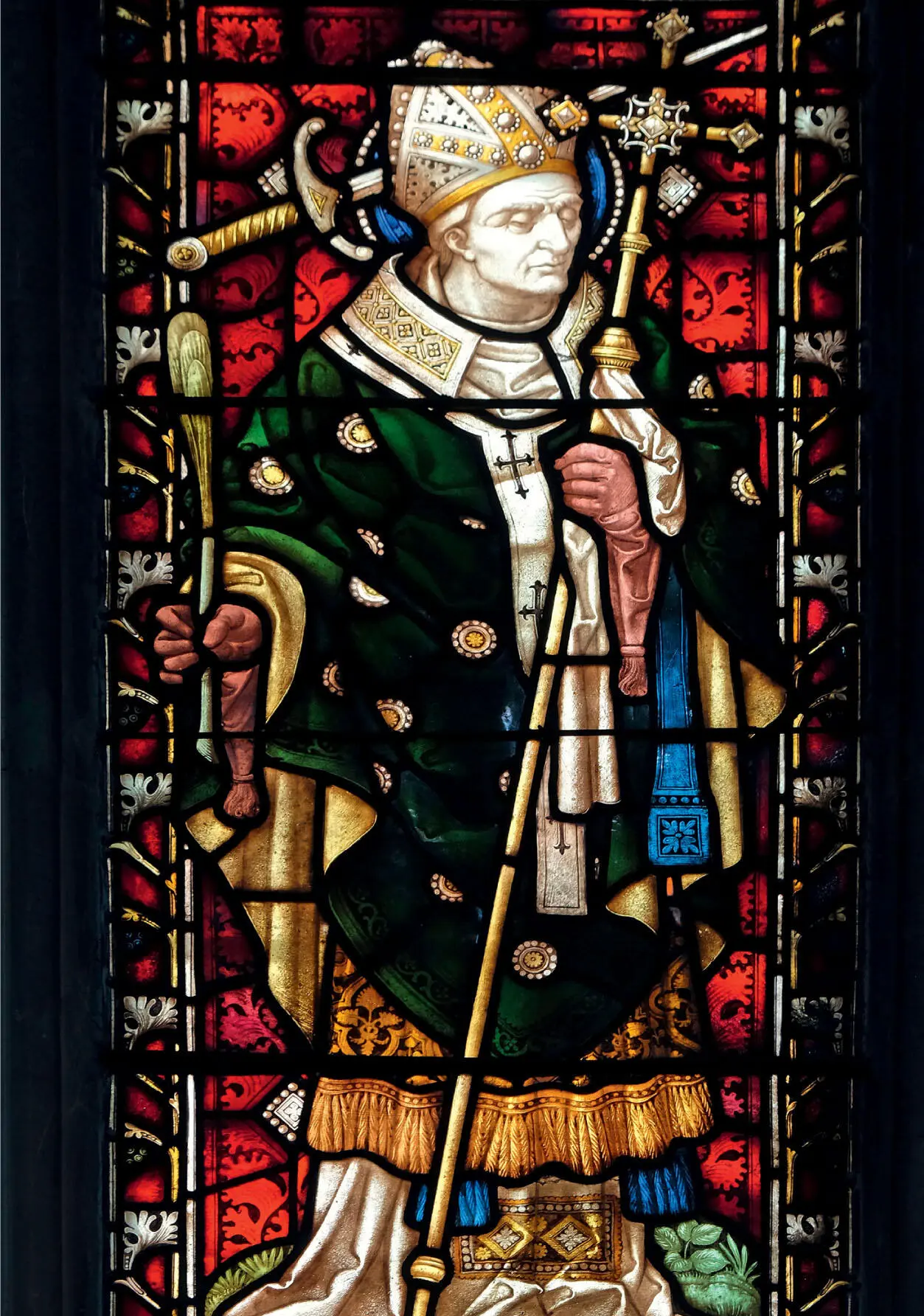
Zvonimir Atletic / shutterstock.com
1204 | Eleanor of Aquitaine
Henry II’s wife, Eleanor of Aquitaine, was a remarkable Queen. In 1137, aged only fifteen, she married the King of France, Louis VII. However, Louis could not tolerate Eleanor’s independent mindedness, and they divorced in 1152. Eight weeks later, Eleanor shocked medieval Europe by marrying the heir to the English throne, the future Henry II. Henry II and Eleanor’s marriage started well having seven children together, but they began to quarrel. In 1174, Eleanor was arrested for plotting against her husband, and thrown in prison for sixteen years. When Henry II died, Eleanor’s favourite son Richard the Lionheart became King of England, and freed his mother from imprisonment.
Richard the Lionheart, whose statue stands outside the Houses of Parliament, is one of England’s most famous kings. However, he spent as little as six months actually in England during his ten-year reign. For most of the time, he was fighting on crusade in the Holy Land. Whilst Richard was fighting foreign wars, it was his mother, Eleanor of Aquitaine, who ruled England. She died in 1204 at the astonishing age of 82, having become one of the most powerful and respected figures, male or female, in all of Europe.
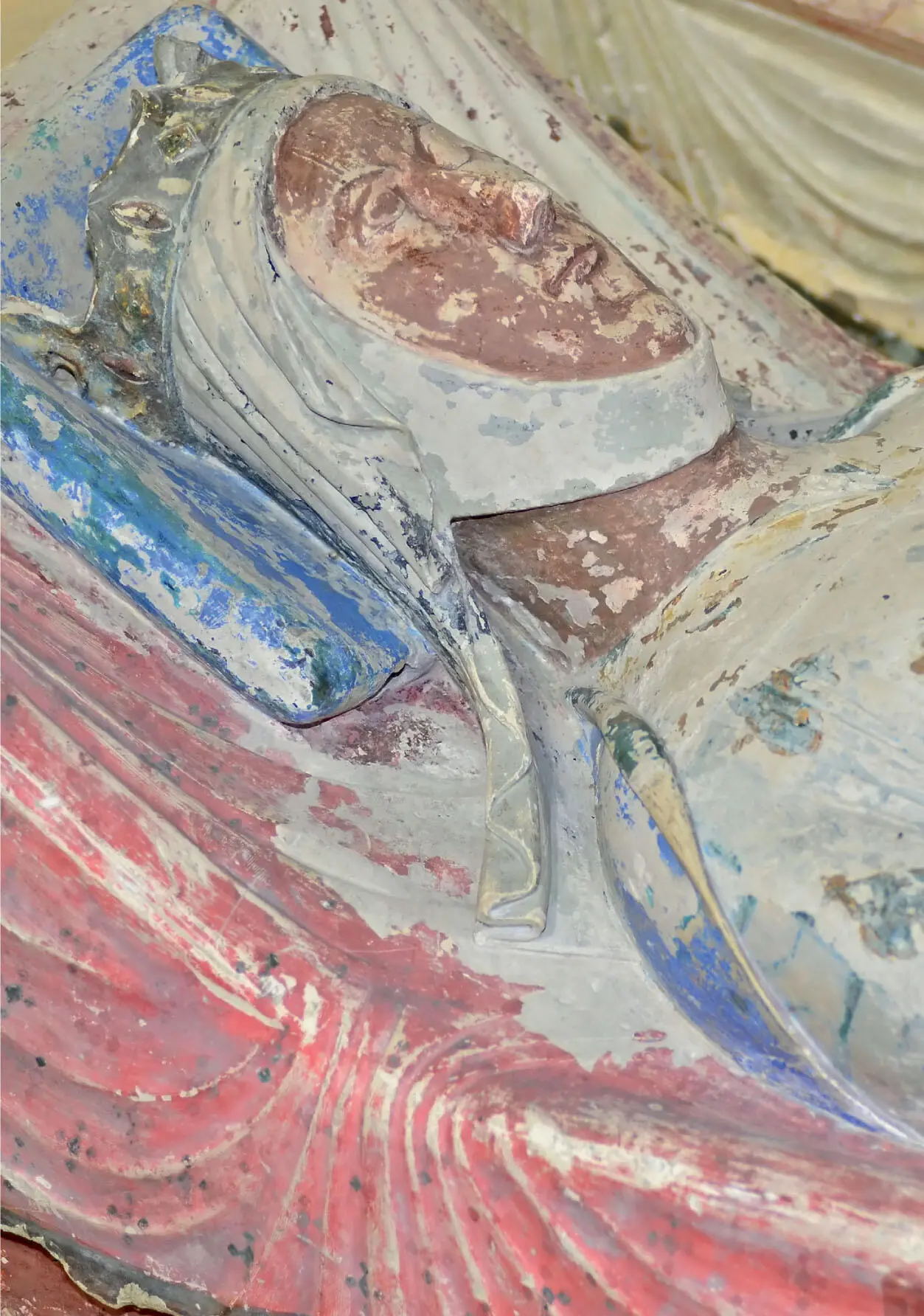
mountainpix
1215 | King John and the Magna Carta
No medieval King of England has as bad a reputation as King John. John was Henry II’s youngest son, and became king in 1199 after the death of his older brother Richard the Lionheart. Many believed John’s nephew Arthur had a better claim to the throne. Before long, rumours began to circulate that to secure his hold on power, John had drowned his own nephew in the River Seine.
John was ruthless in punishing those who opposed his rule, often starving his enemies to death in castle dungeons. He repeatedly argued with the Catholic Church, and was excommunicated by the Pope. Worst of all, John was a hopeless warrior, and lost much of England’s territory in France, including his ancestral homeland in Normandy. To fight these unsuccessful wars, John taxed his Barons dry. But John’s tyrannical rule did leave a positive legacy. In 1215, the Barons united against King John, and forced him to sign a series of promises known as the Magna Carta. These promises included the right to a fair trial, independence of the church, and the need to gain the Barons’ consent before raising taxes. Today, the Magna Carta is seen as the birth of political rights in England.
The image opposite shows a memorial in Runnymede, the meadow beside the River Thames where King John agreed to the Magna Carta.
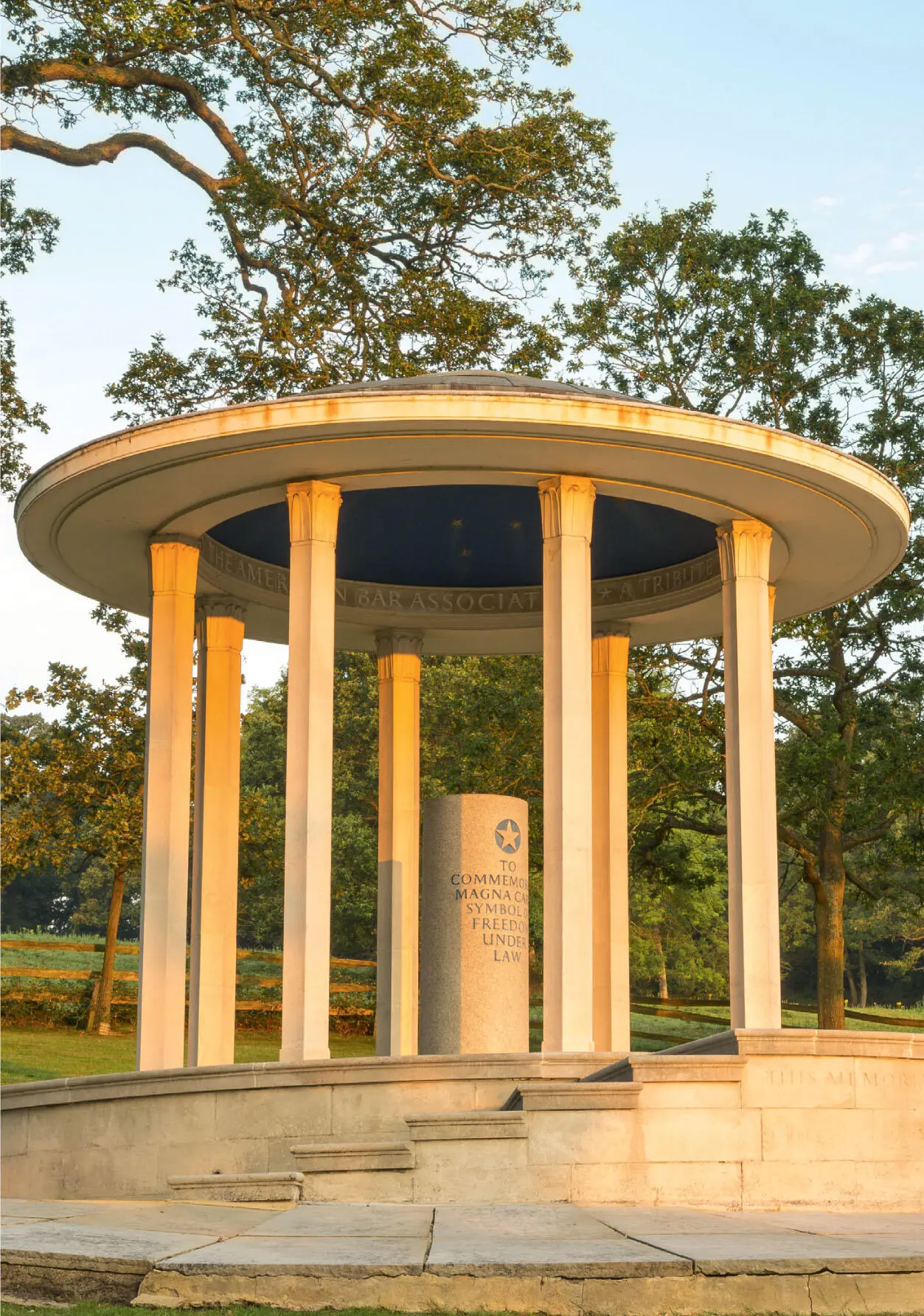
Paul Daniels
1200S | Robin Hood
Did Robin Hood even exist? Probably not. However, the legend of Robin Hood was popular in England from the 15th century onwards, and tells us a lot about medieval attitudes towards tyrannical royal power. Robin Hood is the outlaw of Sherwood Forest, who steals from the rich to give to the poor. A skilled archer, Robin terrorises the Sheriff of Nottingham and his master, Prince John, who has taken the throne from his brother Richard the Lionheart. Robin Hood is helped by his band of ‘merry men’, including Little John (who is actually very tall), Much the Millar’s son, and the rather less-than-pious Friar Tuck.
In later years, Robin Hood was depicted as a deposed Saxon nobleman, fighting back against oppressive Norman overlords. Woodlands such as Sherwood Forest were kept as royal hunting grounds by the royal kings, and those caught poaching on these grounds were cruelly punished. Today, you can visit the ‘Major Oak’, a hollow oak tree in Sherwood Forest where, according to legend, Robin and his merry men once hid. Sadly, Major Oak was not even an acorn during the reign of King John.
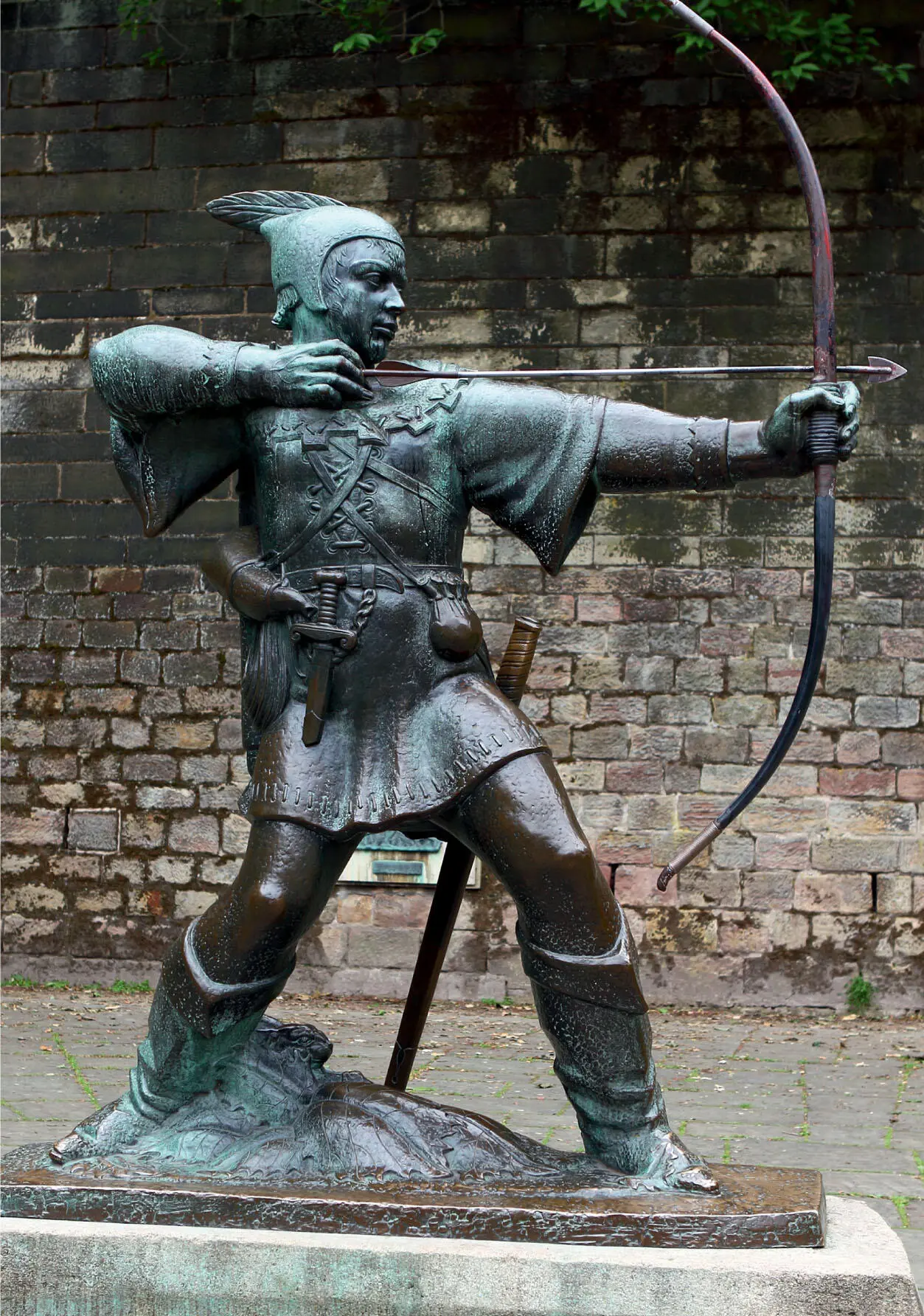
WDG Photo
1265 | The first Parliament
King John’s son Henry III was forced to reaffirm the Magna Carta (see here) in 1225, setting a precedent for all future English monarchs. Henry III had great military ambitions, wanting to reconquer the land lost by his father in France, go on a crusade to the Holy Land, and even make his son the king of Sicily. However, all of these foreign wars meant increases in taxation.
In 1264, a group of rebel barons led by the Earl of Leicester Simon de Montfort rose up against Henry III. At the Battle of Lewes, de Montfort defeated Henry III and took him prisoner. De Montfort then summoned all England’s bishops and noblemen to London, along with representatives from every shire and borough in the land. On 20th January 1265 they met at Westminster Hall as a ‘Parliament’, taken from the French verb parler (‘to speak’).
De Montfort’s Parliament is often called the first English Parliament. It gave institutional form to the promise in the Magna Carta that the monarch’s government should seek the consent of its people before passing new laws and taxes. Parliament still represents this principle today.
1283 | The Conquest of Wales
Since 1066, the Norman monarchs repeatedly tried to conquer Wales, but with little success. By the 1260s, most of Wales was under the control of Llywelyn ap Gruffyd. As the Prince of Wales, Llywelyn was expected to pay homage to the English king, but when the young Edward I was crowned king of England in 1174, Llywelyn refused to do so. Edward I was a brutal and warlike king, and saw this provocation as an opportunity to bring England’s troublesome neighbour under his control. In 1277, Edward invaded Wales with an enormous army. Five years later, Llywelyn was killed in battle, and his head was taken back to England to be displayed on a spike at the Tower of London. Llwyelyn’s brother, Dafydd, carried on the fight until 1283, when Edward captured Davydd and had him hung, drawn and quartered.
Having conquered Wales, Edward set about building a series of enormous castles to secure his power. For this reason, Wales has the highest concentration of castles of any country in Europe. Edward did not get rid of the title ‘Prince of Wales’, but gave it to his eldest son, thus beginning the practice of giving this title to the heir to the English throne.
Конец ознакомительного фрагмента.
Текст предоставлен ООО «ЛитРес».
Прочитайте эту книгу целиком, купив полную легальную версию на ЛитРес.
Безопасно оплатить книгу можно банковской картой Visa, MasterCard, Maestro, со счета мобильного телефона, с платежного терминала, в салоне МТС или Связной, через PayPal, WebMoney, Яндекс.Деньги, QIWI Кошелек, бонусными картами или другим удобным Вам способом.
